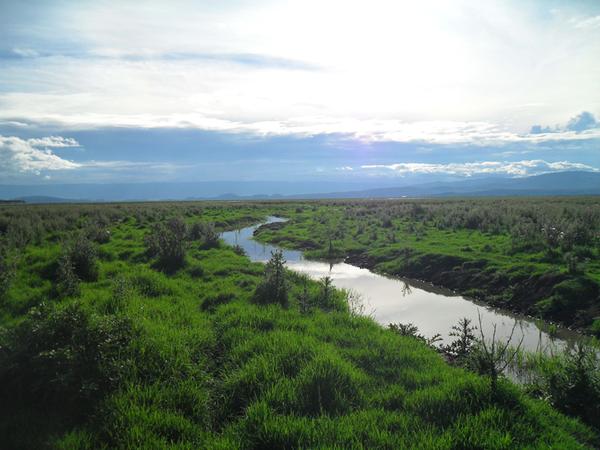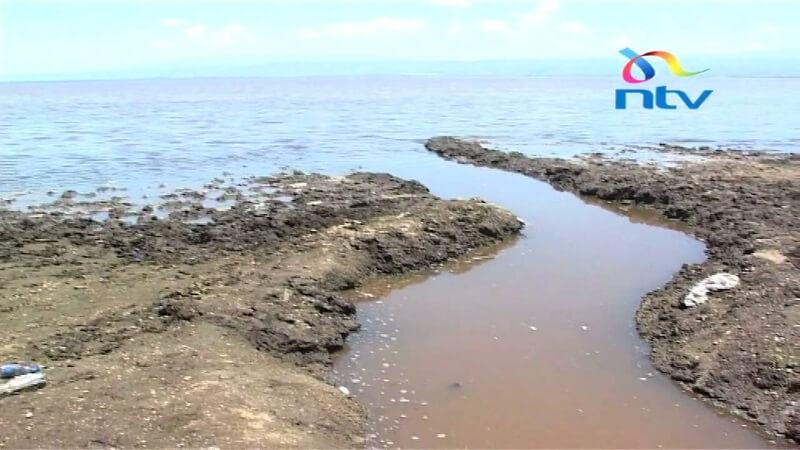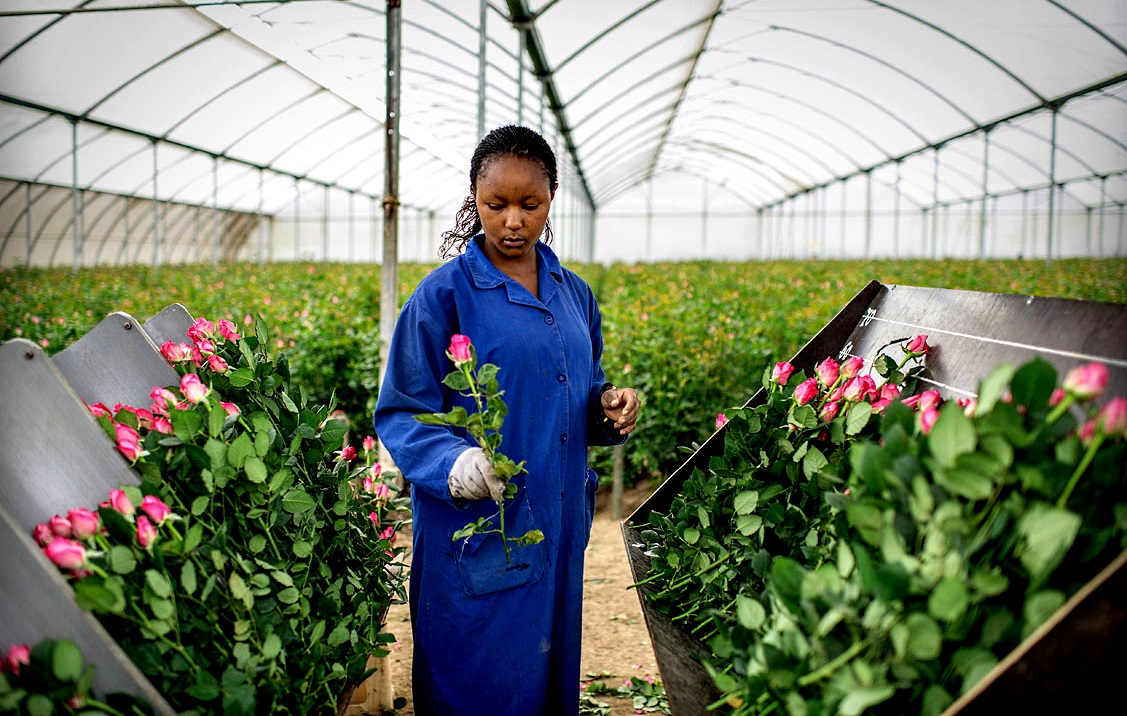In just over three decades, Kenya has risen to become one of the world’s chief supplier of flowers. The country has grown from exporting 38 thousand tonnes of flower in the last decade, to over 117,000 tonnes of flowers at the start of this decade. Roses, Lilium, Carnations, Statice, Alstroemeria, and other sorts of summer flowers are cultivated in Kenya with Naivasha being the home of most Kenyan flowers.
But trouble hangs over the nations successful flower industry, and all its promises could end in calamity.
Where It All Began
Oserian, the first flower farm on Naivasha, was founded in 1982 and employs 4,800 people. Since 1990, Kenya’s export volume has recorded the highest growth in volume and value of cut flowers exported every year from 10,946 tons in 1988 compared to 86,480 tons in 2006, 120,220 tons in 2010 and 136,601 tons in 2014. According to Kenya National Bureau of Statistics in 2014, the floriculture industry earned Kshs 54.6 billion. The flowers have become a main source of foreign currency earning for Kenya pulling in as much as 300 million pounds into the economy and creating employment opportunities in brilliant folds. Some 25% of Europe’s cut flowers come from Kenya.
The main production areas are around Lake Naivasha, Mt. Kenya, Nairobi, Thika, Kiambu, Athi River, Kitale, Nakuru, Kericho, Nyandarua, Trans Nzoia, Uasin Gichu and Eastern Kenya.
Accounting for over 35 percent of cut flower sales in Europe, Kenya is the third largest producer of cut flowers in the world. The industry directly employs about 100,000 Kenyans while over 500,000 people depend on the trade in the industry.

Dutch Agriculture Minister tours Oserian farm in Naivasha via hortinews.co.ke
Where It Started Going Wrong
There have been growing concerns about the effect of the flower farms on the nearby Lake Naivasha. The strain on the water for farm irrigation has become significant. Water levels of the Lake had dropped and thus posed a threat to the diminishing animal life in that ecosystem. The eventual drying up of the lake is also a major source of worry for the farmers.

This image show an area that was part of the lake bed of lake Naivasha until recently. Photo credit Dr David M. Harper Via: wildlifeextra.com
The booming flower industry created an influx of workers around the lake. Greenhouses and other flower farms get access to the water from the lake for free, but nearby residents now have to queue for water and perhaps pay for it. Environmental development has not quite matched up with the sudden growth of the activities around the Lake.
Also, due to the geometrically growing population, massive deforestation is carried out to accommodate the new residents. While many of the companies make efforts to provide social benefits for their workers, these efforts can be termed inadequate as many workers can’t quite measure up hours put into service to the welfare provided by their parent companies.
In 2011, Paul Karanja, the town’s mayor noted that the town has grown from about 6,000 people in the early 1980s to over 240,000 people. However, the infrastructural development has not accurately complemented the growth thereby putting pressure on current facilities. Asides sewage problems, schools and hospitals are managing to keep up with the population growth.
When Lives Are Directly Threatened
The damaging use of pesticides on the ecosystem is one of the hazardous effects the industry has on its surroundings. Incidences of patients with strange diseases are being reported in health centers around flower farms. Research institutes like the Kenya Medical Research Institute (KEMRI) noted that the most prevalent diseases caused by such chemical exposure include liver problems, respiratory complications and sexual incapacitation as well as cancer.
Doctors are said to be protective of the flower companies when giving reports of diagnosis to patients as the clinics are owned by the companies. The long working hours and cases of harassment of these workers are not helping matters too.
It is reported that Maasai used to bring their cows to drink at the Lake but these cow now die from the pollution of the waters. The fishing industry is no longer existent as fishermen have gone to the flower farms to work. Likewise, the wildlife is on the decline. Once considered one of the top ten bird-watching locations in the world, this has been sacrificed for the growth of the flowers.

Mysterious deaths of thousands of fish in the Lake. The lake has been struggling to survive in the last decade due to intense pressure from human activities. Credit – Youtube Via: NTV Kenya
The runoff, pesticides, and chemicals used to grow these flowers near the shores are drained right back into the lake.
Rewriting the Eventual
Kenya can still protect its farms if the parties involved make better efforts in planning for the life around the lake. The water needs to be managed, and the use of chemicals and its entry into the city’s water lines need to be stopped/carefully regulated.
The government may also have to enforce regulatory agencies to monitor the activities of the companies and how well they are providing for the welfare of their workers. Decongestion of these farm settlements is also vital and the development of infrastructure to meet the demands on the population.
After all is said and done, can we count on Kenya to timely save one of its highest earning exports?
[Header image]– glotime.tv by almassbadat.com

